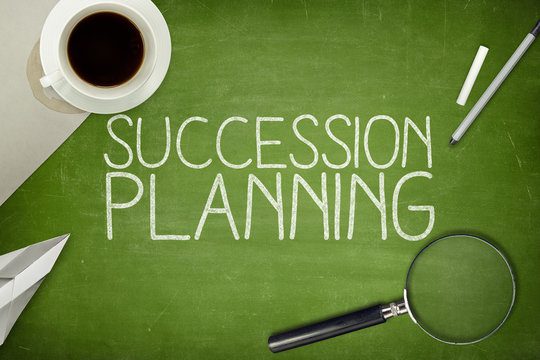Succession planning is a critical aspect of human resources management that ensures an organization has a pipeline of qualified and capable individuals ready to fill key roles as leaders’ progress in their careers or leave the organization. Developing future leaders requires a strategic approach to identify, nurture, and prepare talent for leadership roles.
Here are seven practical HR strategies for effective succession planning:
1. Identification of Key Positions:
- Identify critical roles within the organization that are essential for its success.
- Prioritize key positions based on their impact on business objectives and the difficulty of replacing the incumbent.
2. Talent Assessment and Development:
- Implement a robust talent assessment process to evaluate the potential of current employees.
- Identify high-potential individuals and create tailored personal development plans to prepare them for future leadership roles.
- Provide ongoing training and mentoring to accelerate the development of leadership skills.
3. Leadership Competency Framework:
- Develop a leadership competency framework that outlines the skills, knowledge, and attributes required for leadership roles.
- Use this framework to assess current leaders, identify gaps, and guide the development of future leaders.
4. Succession Pools and Talent Pipelines:
- Establish succession pools for key positions, ensuring there are multiple candidates prepared for each role.
- Create talent pipelines by actively recruiting and developing external candidates who align with the organization’s leadership needs.
5. Cross-Training and Job Rotation:
- Implement cross-training programs to expose employees to different functions and departments.
- Facilitate job rotations to broaden employees’ skill sets and perspectives, preparing them for multifaceted leadership roles.
6. Mentorship and Coaching Programs:
- Implement mentorship and coaching programs to connect experienced leaders with emerging talent.
- Foster a culture of knowledge transfer and continuous learning within the organization.
7. Performance Management and Feedback:
- Establish a robust performance management system that aligns individual goals with organizational objectives.
- Provide constructive feedback and regular performance reviews to guide employees in their professional development and succession readiness.
By implementing these strategies, organizations can build a resilient and adaptable leadership pipeline, ensuring a smooth transition of leadership and reducing the risks associated with key personnel changes. Succession planning is an ongoing process that requires commitment and adaptability as organizational needs evolve over time.
All the best!


